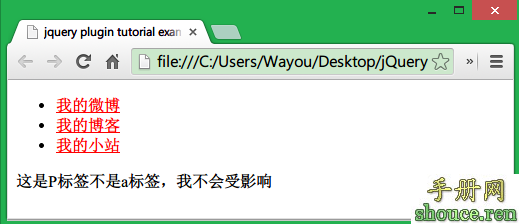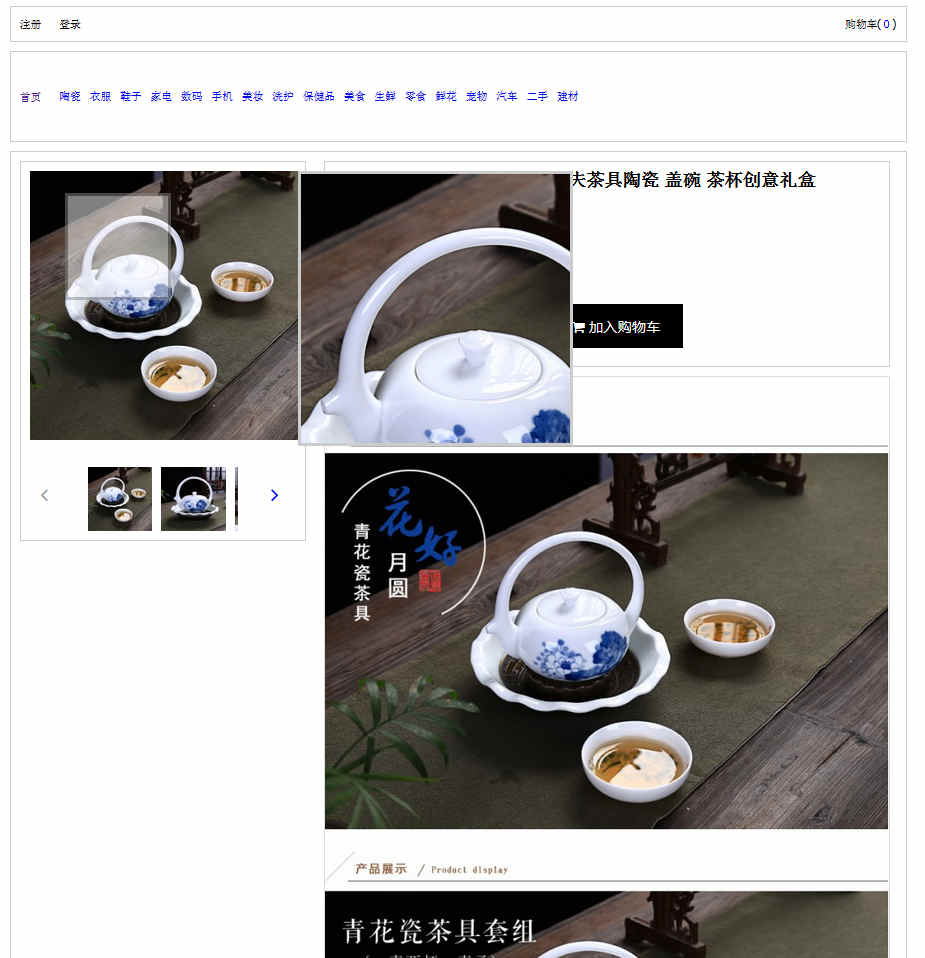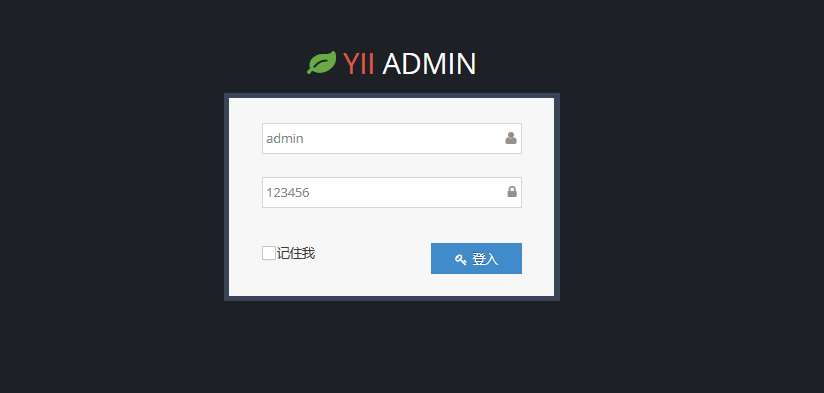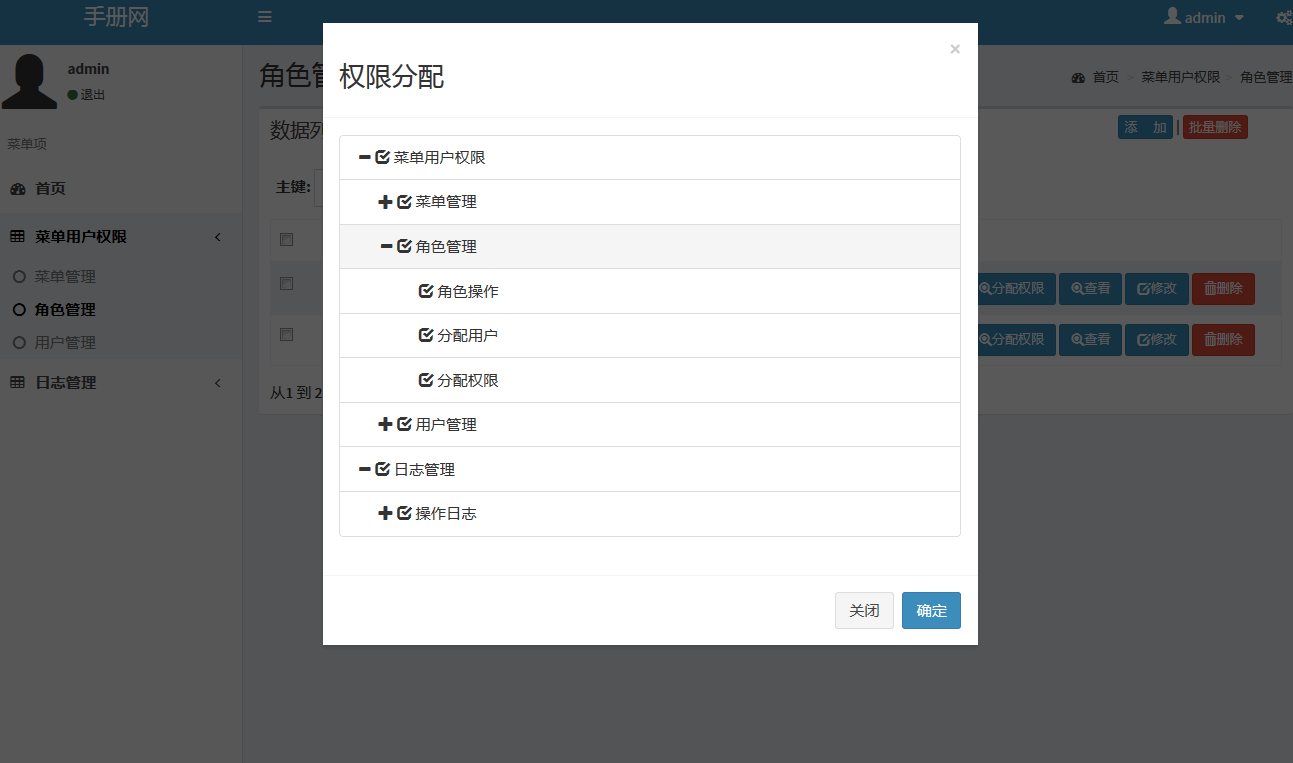Android NDK 开发教程四:TwoLibs示例
jerry Android 2015年08月24日
收藏
隨Android NDK 提供的另外一個例子TwoLibs,其中有兩個庫,一個為動態庫,一個為靜態庫,最終供Android Application使用的動態庫使用靜態庫中的函數,如下圖所示:
 其中在first.c 中定義了一個簡單的C函數
其中在first.c 中定義了一個簡單的C函數
- int first(int x, int y)
- {
- return x+y;
- }
second.c 調用這個函數
- jint
- Java_com_example_twolibs_TwoLibs_add( JNIEnv* env,
- jobject this,
- jint x,
- jint y )
- {
- return first(x, y);
- }
為了介紹動態庫調用靜態庫的方法,這個例子將兩個C文件編譯成兩個模塊,這是通過android.mk 來定義的。
LOCAL_PATH:= $(call my-dir)
# first lib, which will be built statically
#
include $(CLEAR_VARS)
LOCAL_MODULE := libtwolib-first
LOCAL_SRC_FILES := first.c
include $(BUILD_STATIC_LIBRARY)
# second lib, which will depend on and include the first one
#
include $(CLEAR_VARS)
LOCAL_MODULE := libtwolib-second
LOCAL_SRC_FILES := second.c
LOCAL_STATIC_LIBRARIES := libtwolib-first
include $(BUILD_SHARED_LIBRARY)
註:當然對於這個簡單的例子,大可不必編譯成兩個模塊。
在Android 應用中調用動態庫(Android應用只可以調用動態庫)
- public class TwoLibs extends Activity
- {
- /** Called when the activity is first created. */
- @Override
- public void onCreate(Bundle savedInstanceState)
- {
- super.onCreate(savedInstanceState);
- TextView tv = new TextView(this);
- int x = 1000;
- int y = 42;
- // here, we dynamically load the library at runtime
- // before calling the native method.
- //
- System.loadLibrary("twolib-second");
- int z = add(x, y);
- tv.setText( "The sum of " + x + " and " + y + " is " + z );
- setContentView(tv);
- }
- public native int add(int x, int y);
- }
下面就可以使用ndk-build ,編譯C代碼,然後再使用Eclipse編譯Java代碼,運行結果如下:

- 没有章节













